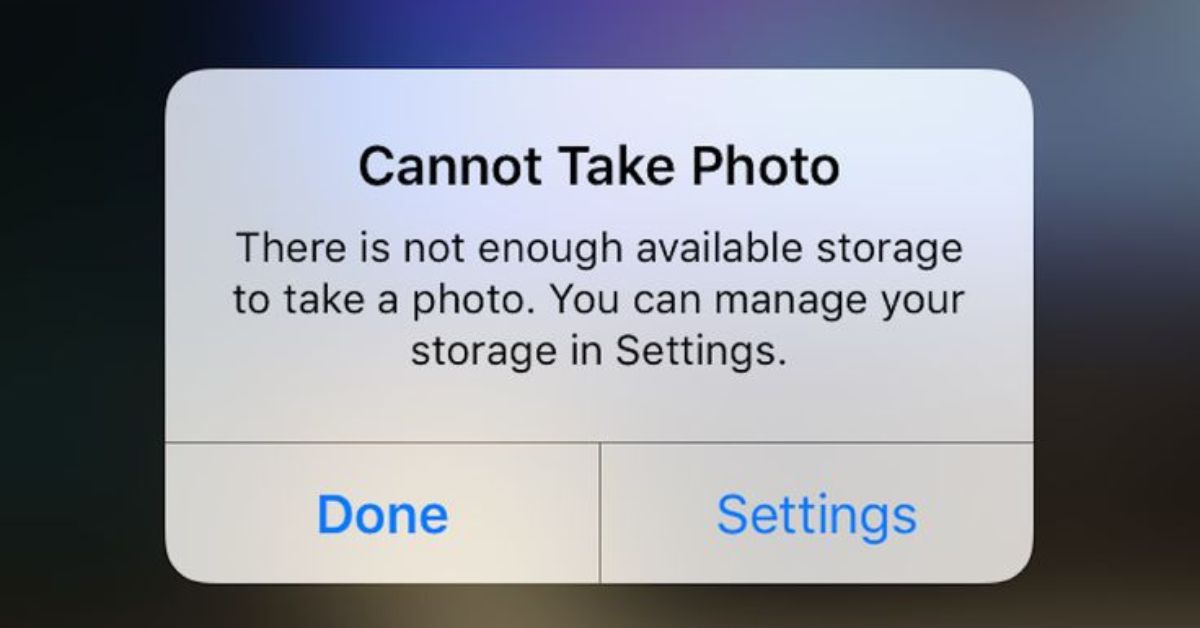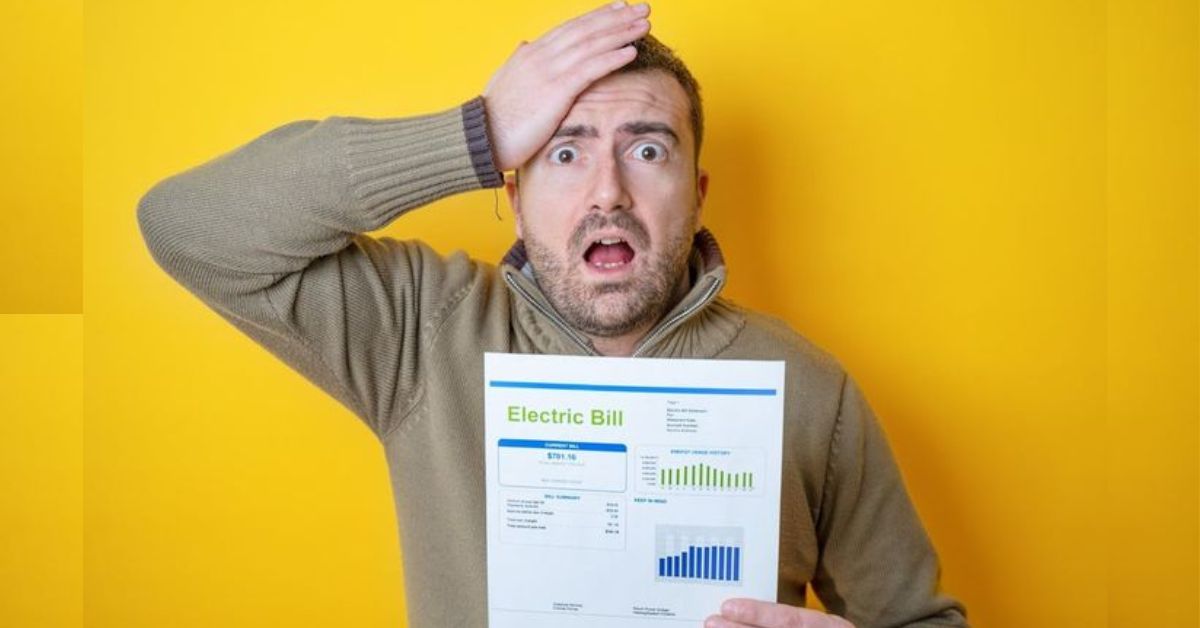On July 31, 2025, Uber Eats announced a new feature that enables merchants to communicate directly with customers about their orders, marking a significant update to the food delivery platform. This functionality, designed to improve transparency and streamline the ordering process, allows restaurants and vendors to send real-time updates, clarify order details, and address customer inquiries through the Uber Eats app. The feature is part of Uber Eats’ ongoing efforts to enhance user experience and strengthen its position in the competitive food delivery market.
Overview of the New Messaging Feature
The merchant-to-customer messaging feature allows businesses on the Uber Eats platform to send text-based updates directly to customers during the order process. According to TechCrunch, this tool aims to bridge communication gaps, ensuring that customers receive timely information about their meals, such as preparation status, ingredient substitutions, or delivery delays. The feature is accessible within the Uber Eats app, providing a seamless way for merchants to engage with customers without relying on third-party communication channels.
This update reflects Uber Eats’ focus on improving the customer experience by fostering direct and transparent communication. The feature is available to all merchants on the platform, from small local eateries to large restaurant chains, and is expected to roll out globally in the coming weeks.
How the Feature Works
The messaging system is integrated into the Uber Eats merchant dashboard, allowing businesses to send updates at various stages of the order process. Customers receive these messages in the app’s order tracking interface, ensuring a cohesive experience. For example, a restaurant can notify a customer if an item is out of stock, suggest a replacement, or confirm that an order is ready for pickup.
Key aspects of the messaging feature include:
- Real-Time Updates: Merchants can inform customers about order status, such as preparation time or delivery delays.
- Order Customization: Restaurants can clarify special requests or dietary preferences directly with customers.
- Issue Resolution: The feature enables quick responses to customer inquiries, reducing reliance on delivery drivers or support teams.
- User-Friendly Interface: Messages are displayed within the app, keeping communication centralized and accessible.
The system is designed to comply with privacy regulations, ensuring that customer data is protected and that messages are limited to order-related topics. Merchants cannot use the feature for promotional marketing, maintaining a focus on operational communication.
Benefits for Merchants and Customers
The new feature offers significant advantages for both merchants and customers. For businesses, direct communication reduces the risk of misunderstandings, such as incorrect orders or unaddressed customer requests. Small restaurants, in particular, benefit from the ability to engage directly with customers, fostering loyalty and improving service quality.
For customers, the feature enhances transparency, providing real-time insights into their orders. This is especially valuable in the food delivery industry, where delays or errors can lead to frustration. By enabling direct communication, Uber Eats aims to reduce customer complaints and improve satisfaction, a critical factor in retaining users in a competitive market.
Competitive Landscape in Food Delivery
The food delivery sector has become increasingly competitive, with platforms like DoorDash, Grubhub, and Deliveroo vying for market share. According to Bloomberg, Uber Eats holds a significant portion of the U.S. market, trailing DoorDash but leading in several international regions. The introduction of merchant-to-customer messaging is a strategic move to differentiate Uber Eats by enhancing user experience and operational efficiency.
Other platforms have implemented similar features, such as DoorDash’s in-app chat for delivery drivers and customers. However, Uber Eats’ focus on merchant-driven communication sets it apart, addressing a gap in direct restaurant-to-customer interaction. This could appeal to businesses seeking greater control over their customer relationships and to users who value clear, timely updates.
Industry Context and Trends
The food delivery industry has seen rapid growth since the COVID-19 pandemic, with consumers increasingly relying on apps for meals. According to The Wall Street Journal, global food delivery revenue is projected to reach $500 billion by 2026, driven by demand for convenience and digital solutions. However, challenges like high commission fees, delivery delays, and customer dissatisfaction have prompted platforms to innovate.
Uber Eats’ messaging feature aligns with broader trends in the industry, where personalization and transparency are becoming key differentiators. By empowering merchants to communicate directly, Uber Eats addresses common pain points, such as miscommunication about order details or unexpected delays, which can impact customer loyalty.
Implementation and Rollout
Uber Eats began testing the messaging feature in select markets before its global announcement on July 31, 2025. The pilot phase, conducted in cities like New York and London, received positive feedback from merchants who reported improved order accuracy and customer satisfaction. The feature is now being rolled out to all Uber Eats markets, with full implementation expected by the end of August 2025.
Merchants receive training through Uber Eats’ support resources to ensure effective use of the feature. The platform has also introduced safeguards to prevent misuse, such as limiting messages to order-specific content and monitoring for compliance with privacy standards.
Challenges and Considerations
While the messaging feature is a promising addition, it comes with challenges. Merchants, particularly small businesses with limited staff, may struggle to manage real-time communication alongside order preparation. Uber Eats has addressed this by making the feature optional, allowing businesses to use it based on their capacity.
For customers, the influx of messages could lead to information overload if not managed properly. Uber Eats has designed the system to prioritize concise, relevant updates, but user feedback will be critical to refining the experience. Additionally, ensuring compliance with data privacy laws, such as GDPR in Europe and CCPA in California, is essential to maintaining trust.
Broader Implications for Uber Eats
The introduction of merchant-to-customer messaging reflects Uber Eats’ broader strategy to strengthen its ecosystem. By improving communication, the platform aims to reduce disputes, enhance order accuracy, and build stronger relationships between merchants and customers. This could lead to higher retention rates for both users and businesses, a key metric in the competitive delivery market.
The feature also positions Uber Eats as a leader in innovation, responding to consumer demand for seamless digital experiences. As the platform continues to expand its offerings, including grocery delivery and partnerships with local retailers, such updates are critical to maintaining its market position.
Future Developments
Uber Eats is likely to build on this feature by introducing additional tools to enhance communication and efficiency. Potential updates could include automated messaging templates for merchants or integration with AI-driven chatbots to handle routine inquiries. According to The New York Times, Uber Eats is also exploring ways to leverage its parent company’s ride-sharing data to optimize delivery logistics, further improving service quality.
As the food delivery industry evolves, Uber Eats’ focus on user-centric features will be key to staying competitive. The messaging feature is a step toward creating a more connected and transparent platform, aligning with consumer expectations for real-time updates and personalized service.
Conclusion
On July 31, 2025, Uber Eats launched a new feature allowing merchants to message customers directly about their orders, aiming to improve transparency and communication. The tool, integrated into the Uber Eats app, enables real-time updates on order status, customizations, and issues, benefiting both merchants and customers. The feature, which is rolling out globally, responds to industry trends emphasizing personalization and efficiency in food delivery. While challenges like merchant capacity and data privacy remain, the update strengthens Uber Eats’ position in a competitive market, with potential for further enhancements in the future.
Sources & References:
- TechCrunch
- Bloomberg
- The Wall Street Journal
- The New York Times
- Reuters
Author
-

Connor Walsh is a passionate tech analyst with a sharp eye for emerging technologies, AI developments, and gadget innovation. With over a decade of hands-on experience in the tech industry, Connor blends technical knowledge with an engaging writing style to decode the digital world for everyday readers. When he’s not testing the latest apps or reviewing smart devices, he’s exploring the future of tech with bold predictions and honest insights.







